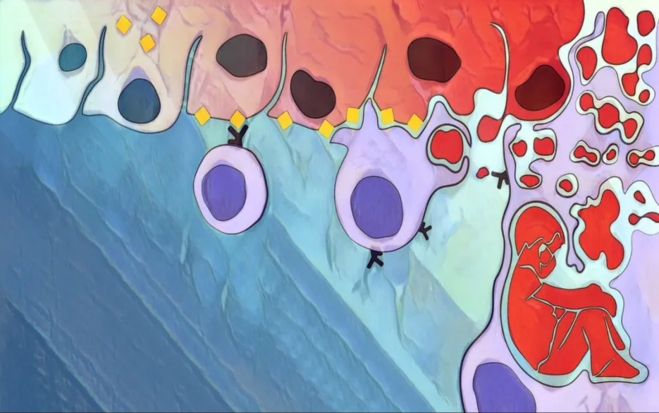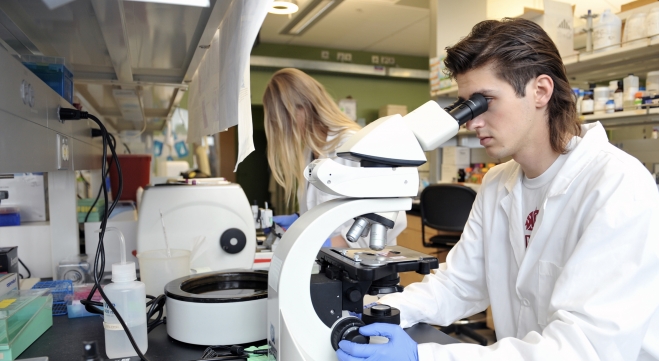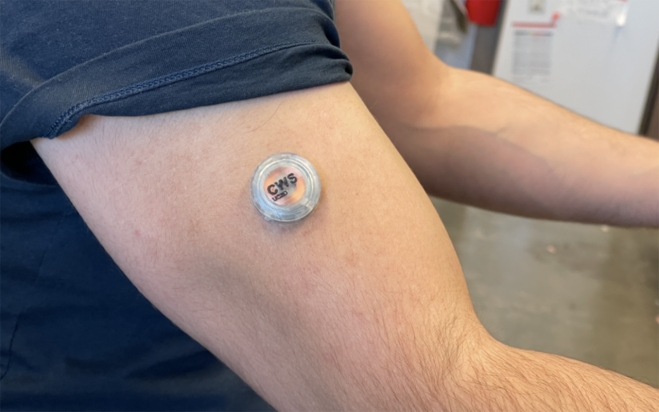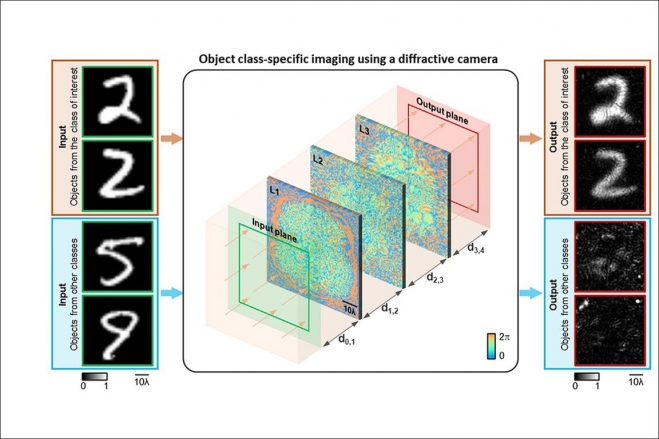 courtesy: CZ BioHub
courtesy: CZ BioHub
Scientists Get to the Bottom of COVID’s Worst Pediatric Complication
Study reveals a mechanism behind multisystem inflammatory syndrome in children (MIS-C)
 courtesy: CZ BioHub
courtesy: CZ BioHub
Study reveals a mechanism behind multisystem inflammatory syndrome in children (MIS-C)
 courtesy: Washington State University
courtesy: Washington State University
With the world’s population projected to reach ~10 billion in 30 years, scientists are working to use genetic technologies to address future food security problems. They have had some success, such as using CRISPR-Cas9 gene editing process to develop more disease-resistant pigs, but the advance is useless if the pigs cannot be brought to market and if no one will eat their bacon.
 University of California, San Diego
University of California, San Diego
Imagine being able to measure your blood sugar levels, know if you’ve had too much to drink, and track your muscle fatigue during a workout, all in one small device worn on your skin. Engineers at the University of California San Diego have developed a prototype of such a wearable that can continuously monitor several health stats—glucose, alcohol, and lactate levels—simultaneously in real-time.
 University of California, Los Angeles
University of California, Los Angeles
Energy-efficient AI imaging technology developed by UCLA engineers works before a photo is snapped. In the diagrammatic example, the camera’s diffractive layers (colored surfaces in the middle) were custom-designed to recognize the handwritten number “2” but diffract light from other numbers, turning it into background noise.